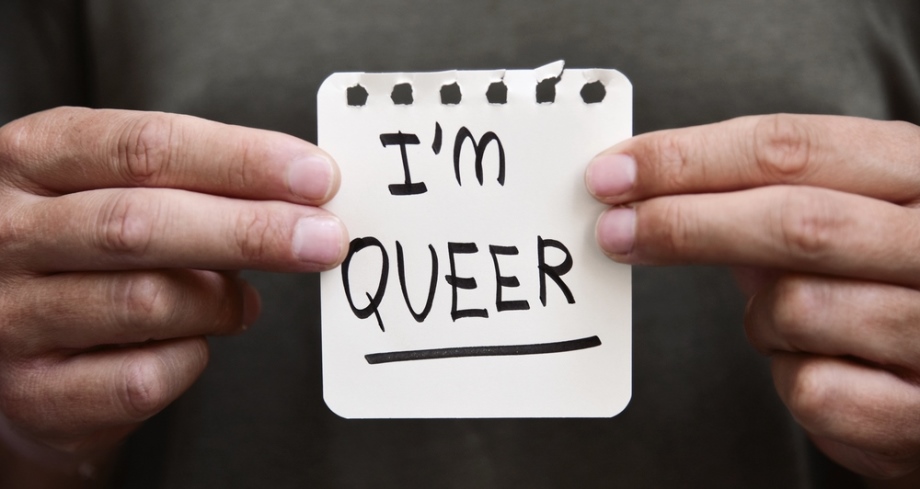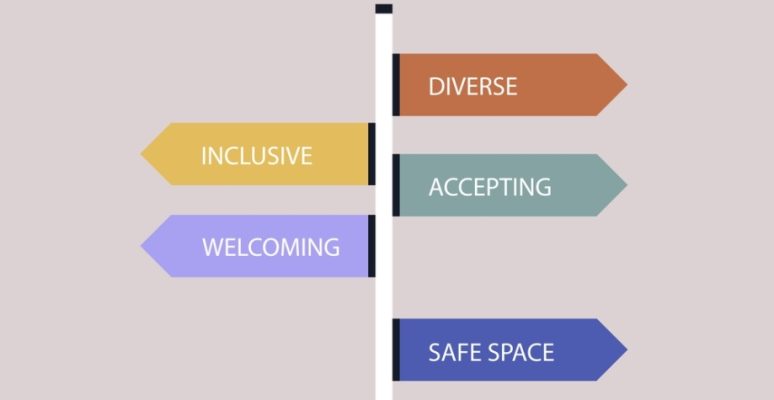
Gender Affirmation typically refers to the process transgender, non-binary, or gender diverse individuals go through when they start to live as their authentic gender i.e. express their authentic self, rather than as the gender that was presumed for them at birth.

Mind that the term Gender Affirmation is often used synonymously with the term Gender Transitioning. Nonetheless, some people see a difference between the two terms. For instance, some consider Gender Affirmation rather the internal (inner) personal process that involves living as one’s felt gender identity, while seeing Gender Transitioning as the external expression of one’s felt gender identity.
In any case, the Gender Affirmation process can include all or any combination of social, medical, and legal affirmation. What Gender Affirmation exactly looks like is different for every individual transgender or gender diverse person, and based on what’s personally affirming for them, what feels safe to do, and what is possible, accessible and available to do.
Social Affirmation may include things like “coming out,” the type of clothing, voice and name changes, using certain pronouns, changing one’s hairstyle, and/or using facilities such as restrooms that align with one’s gender identity. In general, we could say that it’s about participating in life as one’s true self.
Medical Affirmation can include all or any combination of Gender Affirming Surgery, Affirmative Therapy, and/or Gender Affirming Hormone Therapy.
Legal Affirmation may include things like name and gender change on official documents, and being affirmed by legal and legislative systems and employment situations, and so on.



















